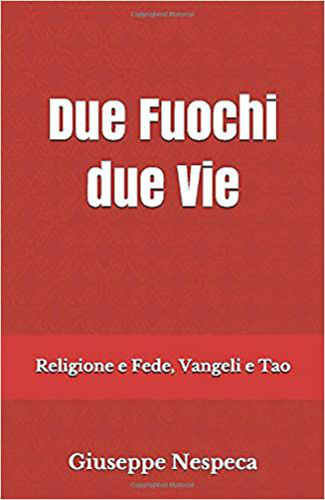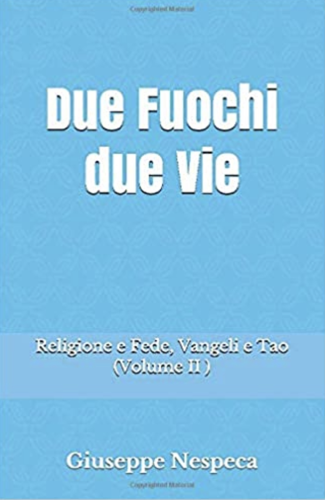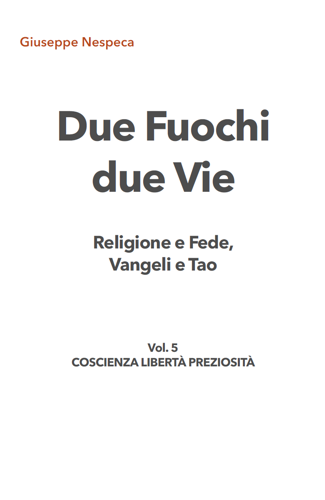Dear friends, never desist from this educational task, even when the road becomes difficult and your efforts seem to be unproductive. Carry it out in fidelity to the Church and with respect for the identity of your institutions, using the means that history has consigned to you and that “‘creativity’ in charity” will suggest to you for the future, as Blessed John Paul II said.
In the past four decades, you have been able to deepen, experience and put into practice a working method based on three interrelated and synergetic forms of attention: listening, observing and discerning, employing them in your mission service through the charitable animation of the communities on your respective territories. This is a style that makes possible not only pastoral action but also to follow up a profound and fruitful dialogue with the various milieus of ecclesial life, with associations and movements and with the variegated world of organized volunteer service.
This means listening in order to know, of course, but at the same time to become close, to support Christian communities in caring for those who need to feel God’s warmth through the open and willing hands of Jesus’ disciples. It is important that suffering people be able to feel God’s warmth and that they feel it through our hands and our open-heartedness. In this way Caritas branches must be like “watchmen” (cf. Is 21:11-12) who can become aware and make others aware, who can predict and forestall, who can provide support and suggest solutions in the sure wake of the Gospel and of the Church’s social teaching.
The individualism of our time, the presumed sufficiency of technology, and the relativism that influences everyone are all seeking to invite people and communities to higher forms of listening, to a capacity for a broader vision and more open heart concerning needs and resources, to community forms of discernment on how to be and act in a world that is profoundly changing.
In scanning the pages of the Gospel, we are struck by Jesus’ actions: actions that communicate grace, teach faith and the “sequela”; actions of healing and acceptance, of mercy and hope, of a future and of compassion; actions that begin or perfect a call to follow him and that flow into recognition of the Lord as a single reason for the present and for the future.
Gestures and signs are connatural to Caritas’ pedagogical function. It is in fact through concrete signs that you speak, evangelize and educate. A charitable work speaks of God, proclaims hope, induces people to question themselves. I hope you will be able to foster in the best possible way the quality of the institutions you have been able to create. Make them, as it were, “eloquent”, concerned above all with the inner inspiration that motivates them and the quality of the witness they radiate. They are institutions born of faith. They are Church institutions, an expression of attention to those whose life is more of a struggle. They are pedagogical actions because they help the poorest people grow in dignity, Christian communities walk in the footsteps of Christ and civil society consciously assume its obligations.
Let us remember what the Second Vatican Council taught: “The demands of justice must first of all be satisfied; that which is already due in justice is not to be offered as a gift of charity” (Decree on the Apostolate of Lay People, Apostolicam Actuositatem, n. 8).
The humble, material service that the Church offers is not intended to replace or even less to dull the collective and civil conscience. It is backed by a spirit of sincere collaboration, within the proper autonomy and in the full awareness of subsidiariety.
From the very beginning of your pastoral journey you were given as a priority commitment the faculty to create a far-reaching presence in Italy, especially through the Diocesan and Parish branches of Caritas. Today too this is a goal to aim for. I am sure that your Pastors will be able to support and guide you, especially by helping the communities to understand the proprium of the pastoral animation that Caritas brings to the life of every particular Church. Moreover, I am certain that you will listen to your Pastors and follow their instructions.
Attention to the country and to its animation then gives rise to the ability to interpret the evolution of the life of its inhabitants, their difficulties and their worries, as well as their opportunities and prospects. Charity requires open-mindedness, a broad outlook, intuition and foresight, “a heart that sees” (cf. Encyclical Deus Caritas Est, n. 25).
Responding to needs not only means giving bread to the hungry; it also means letting oneself be challenged by the reasons causing their hunger, with the gaze of Jesus who could see the deep reality of the people who came to him. It is in this perspective that the present day calls into question your method of being animators and agents of charity. One cannot but also think of the vast world of migration. Natural disasters and wars often create emergency situations. The global economic crisis is a further sign of the times that demands the courage of brotherhood.
The gap between the north and the south of the world and the damaged human dignity of so many people, appeal for a charity that can spread out gradually from the small to the great economic systems. The increasing hardship and weakening of families and the uncertainty of the condition of youth, point to the risk of a loss of hope. Humanity does not only need benefactors but also humble, practical people who, like Jesus, are able to stand beside their brethren, sharing a little of their struggle. In a word, humanity seeks signs of hope. The source of our hope is the Lord. This is the reason why Caritas is necessary; not in order to delegate the service of charity to it, but so that it may be a sign of Christ’s Charity, a sign that brings hope. Dear friends, help the whole Church to make God’s love visible. Give freely and encourage others to do so. Recall everyone to the essentiality of love that becomes a service. Accompany our weaker brothers and sisters. Inspire Christian communities. Tell the world of the word of love that comes from God. Seek love as a synthesis of all the gifts of the Spirit (cf. 1 Cor 14:1).
May the Blessed Virgin Mary who on her visit to Elizabeth brought the sublime gift of Jesus in the humility of her service (cf. Lk 1:39-43) be your guide. I accompany you with my prayers and I gladly impart to you the Apostolic Blessing, extending it to all those whom you meet every day in your many activities. Many thanks.
[Pope Benedict, Address to Caritas Italiana on the 40th anniversary of its foundation, Nov. 24, 2011]












